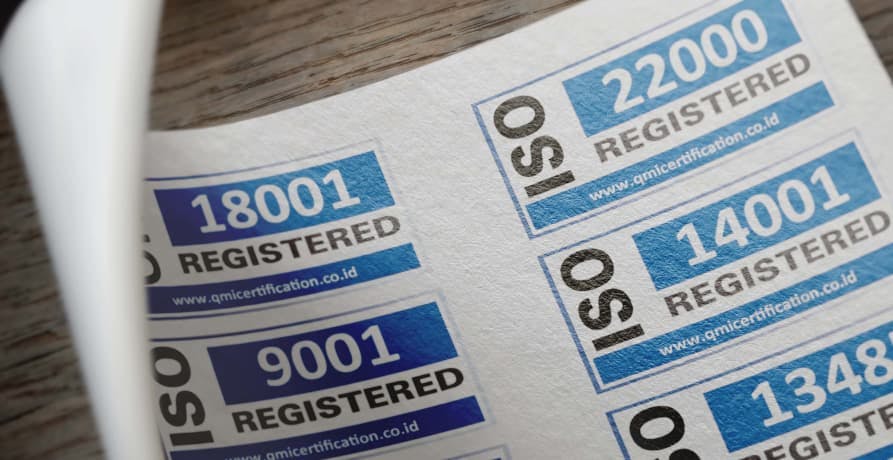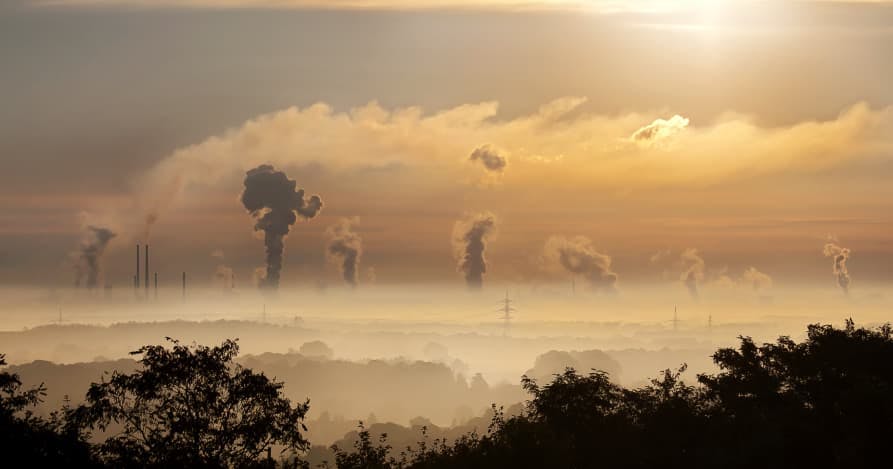
What are the 3 Pillars of Corporate Sustainability?
In this article, we'll explore what the 3 pillars of corporate responsibility are, why they're important, and how businesses can turn them into practical action.
ESG / CSR
Industries



Climate change and the push for greater sustainability is making companies get up and out of their seats and start to make serious efforts to alter how their businesses operate, as implementing emission-reduction tactics and sustainable values can also have a positive impact on business success – and one of the many things that has motivated this newfound effort to go green are global standards such as an ISO 14044.
ISO certifications help to demonstrate a company’s efforts towards sustainability. There are endless different types of ISO accreditations offered in the ISO series, such as the ISO 5001, ISO 9001, ISO 14067, ISO 14025, and the ISO 14001 – which seek to rectify business management, environmental standards, energy efficiency, investor appeal, and most importantly – help to fight against climate change.
What is the ISO 14044, what makes it unique and valuable amongst the other certifications in the ISO series, and why is it important or worth obtaining?
ISO 14044 is an international standard developed by ISO, or the International Organization for Standardization, that provides a guideline for conducting a life cycle assessment, otherwise known as an assessment of how a product or service impacts the environment over the course of its life cycle – from the moment raw materials are extracted to manufacture the product, to when the product is thrown away.
👉 ISO 14044 goes by the full name, “Environmental Management – Life Cycle Assessment -– Requirements and Guidelines”
Ultimately, an ISO 14044 certification can help companies have better resources to fully understand the environmental impact of their products and services – and can help them to make more educated decisions that could help them to reduce their environmental impact, emissions, and improve their overall levels of sustainability exercised throughout the company.
The main goal of an ISO 14044 is to provide businesses and organizations with assistance in determining which areas in their business models or supply chains are responsible for the most excessive amounts of carbon emissions, and seek out a plan to reduce them accordingly. It’s hard to make a plan to reduce your company’s emissions if you don’t know where to start, but with an ISO 14044 certification, companies can become more knowledgeable and aware of their carbon footprint and start taking the right steps to reduce their environmental impact.
ISO 14044 accomplishes this by providing a guideline on how to properly conduct a life cycle assessment, also known as LCA for short. Examples of this include setting a main goal to be had from completing an LCA, how to do an inventory analysis, and how to understand the results of an LCA. All of these steps, provided with an ISO 14044, can help companies to improve their environmental management, cultivate better transparency with their stakeholders and customers, and implement overall greater sustainability.

The life cycle of a product helps to determine the carbon footprint produced by a product from beginning to end of a product’s life – which means the life cycle of a product accounts for the entire duration of a product, from the raw materials sourced for the product to be manufactured up until delivery and distribution. There are four main stages to the life cycle of a product:
1. Introduction
2. Growth
3. Maturity
4. Decline
Seeking to measure the life cycle of a product is crucial, as it can help to reveal where excessive carbon emissions are being produced – and ultimately help companies to develop a more personalised and effective plan to reduce their environmental impact.
👉 Think of the life cycle of a product like trying to memorise lyrics to a song – it’s pointless to try and memorise the words you already have down by memory. However, it’s productive to focus on the lyrics you’re having difficulty remembering, as focusing on the words you don’t know can help to memorise the song in full faster. The same goes for monitoring and measuring the life cycle of a product, as it can reveal what hasn’t been focused on enough and allow room for improvement in the areas which are causing the greatest environmental impact.
Determining the life cycle of a product is beneficial not only for businesses to get a better understanding of their current rate of emissions, but also for customers to be able to decide if the product is one they are okay with supporting given its potential negative impact on the environment. Ultimately, the goal of a life cycle assessment is to organise the input and outputs created over the course of a product’s life cycle, clarify the environmental impact of the product, and to allow for new awareness on how to alter the way that product is made, advertised, and delivered in order to reduce emissions and improve its eco-friendliness.
Not only does a life cycle assessment help companies to gain the trust of their existing or future customers, but it can help both customers and businesses themselves to do a side by side comparison of how much their product’s life cycle impacts the environment as opposed to their competitors.

There is a wide variety of certifications in the ISO series, such as the ISO 14067, ISO 5001, ISO 9001, ISO 14001, and the ISO 20400 – and it can be hard to remember the differences between all of the ISO certifications. However, the main difference between the ISO 14044 and the other certifications in the ISO series is that the ISO 14044 pertains to environmental management of the life-cycle assessment of a product – otherwise known as LCA. This makes the ISO 14044 the antithesis of ISO 9001, and makes it most closely related to ISO 14025 or ISO 14067 – as ISO 14044 stresses the importance of environmental impacts to be had on the system, and also on products and services to be provided and distributed.
👉 In a way, an ISO 14044 is a combination of an ISO 14001, an ISO 14067, and an ISO 14025, as they specialise in managing an environmental system and the life-cycle of a product respectively.
Ultimately, an ISO 14044 is different and valuable on its own amongst the other ISO accreditations as it specialises in environmental management and life cycle assessment – both of which can help companies to methodically break down their emission sources and subsequently reduce their carbon footprint.

There are several benefits to implementing an ISO 14044 into your business.
Here a few reasons why:
Ultimately, an ISO 14044 can help businesses to become more educated and make more effective decisions to improve the environmental stance of their company and overall sustainability.

Implementing an ISO 14044 into your company’s business operations can help to maximise the effects of conducting a life cycle assessment. In order for companies to successfully implement the standards of an ISO 14044 into their company, the following protocols and actions should be taken:
👉 Adhering to ISO 14044 can be demonstrated by performing a life cycle assessment, and seeking to maximise the results of said LCA by expressing transparency and sharing the analyzed reports of the LCA with stakeholders, or by seeking to improve upon overall sustainability of the product or service that has been studied through the help of a life cycle assessment.
When it comes to ISO certifications, it’s always better to adhere to more than one in order for your company to acquire the most benefits both economically and environmentally – and the ISO 14044 is another one that should be added to your company’s radar to follow.
If reading this article about ISO 14044 has made you interested in reducing your carbon emissions to further fight against climate change – Greenly can help you!
The process to obtain an ISO 14044 can be confusing without the help of a third party, but don’t worry – Greenly is here to help! Book a demo with one of our specialists today to see how we can help you acquire the ISO 14044 and more.
Greenly can help you make an environmental change for the better, starting with a carbon footprint assessment to know how much carbon emissions your company produces.